Design Notebook: Gil Hanse’s Overhaul of Baltusrol
Taking a closer look at the renovated Upper and Lower courses
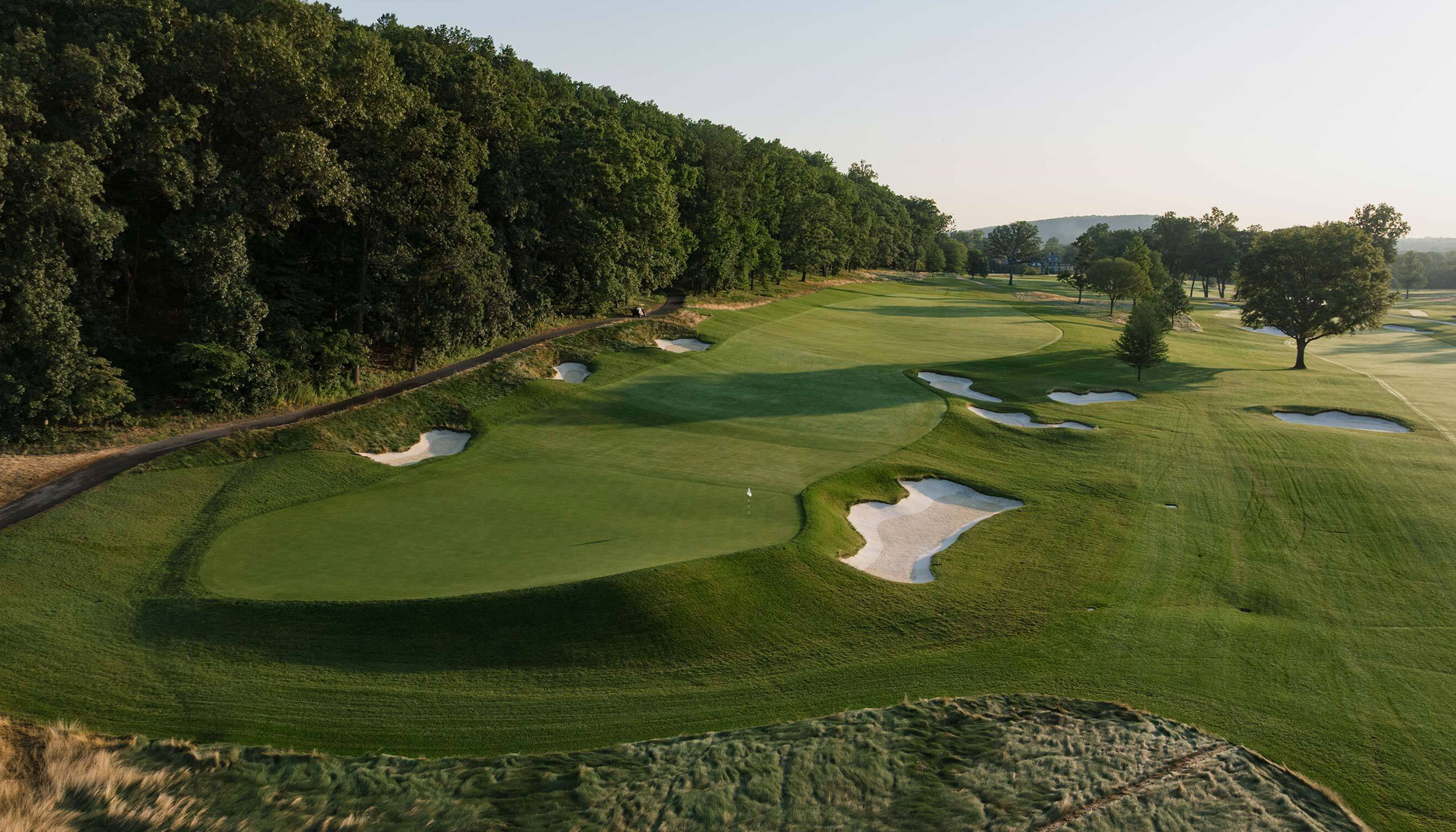

Greetings, Fried Egg Golf Club members, and welcome back to Design Notebook, your monthly cheat sheet on what’s happening in the golf course industry.
In this edition of DN, I give the lowdown on Gil Hanse’s recently completed renovations of the Lower and Upper courses at Baltusrol Golf Club.
First, though, have you seen our recently released video on Cypress Point? Shout-out to Cameron Hurdus and Parker Tolifson for the superb videography and production work. Also, if you’re in the market for even more Cypress content, I’m putting together a deep dive for my Designing Golf podcast. Look for that on Thursday.
All right, let’s get to it.
Baltusrol, En-Hansed
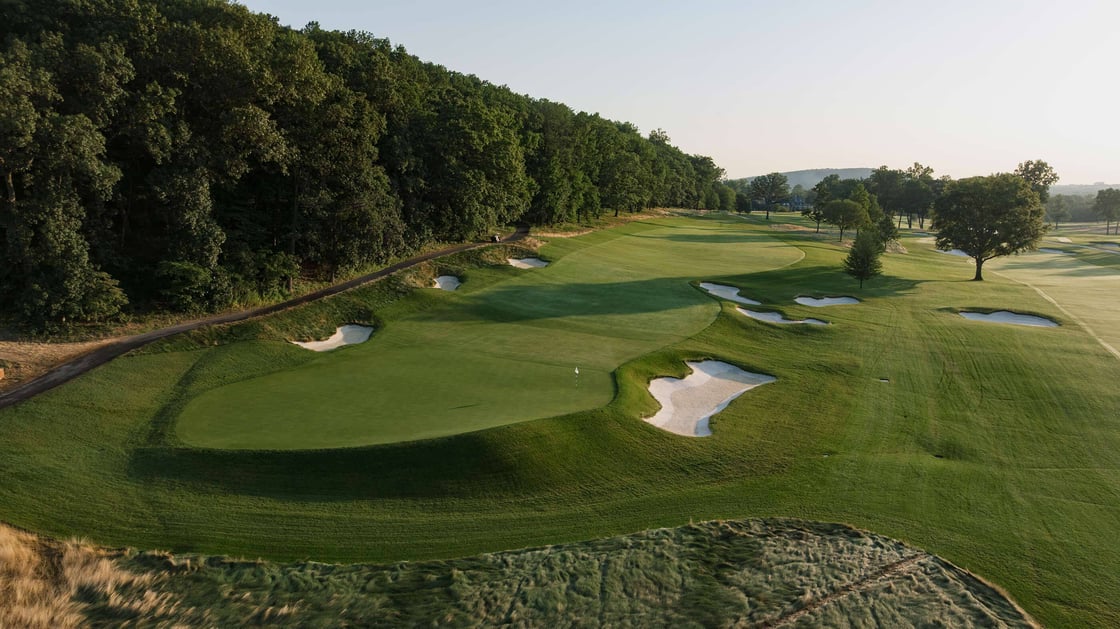
If I’ve used that pun before, my apologies. Gil Hanse has been involved in a lot of newsy projects over the past several years. I may be running out of headline ideas.
Anyway, Hanse has now done his thing at Baltusrol Golf Club in Springfield, New Jersey. In 2021, he completed a renovation of Baltusrol’s Lower Course, which has been the site of four U.S. Opens and two PGA Championships. Earlier this year, he wrapped up an overhaul of the club’s Upper Course, which hosted the 1936 U.S. Open but has since been known as Baltusrol’s member-friendly option. In both cases, Hanse focused on restoring A.W. Tillinghast’s design work from just over a century ago. Between 1918 and 1922, Tillinghast replaced the club’s original 18-hole course with the 36 holes that exist today.
Baltusrol will return to the national stage in 2029, when the revised Lower Course will host the PGA Championship for the third time.
I got to spend some time at Baltusrol two weeks ago, playing both courses and speaking with some of the club’s decision-makers. I came away really impressed. The courses are exacting and championship-ready, but they’re also fun to play and representative of Tillinghast’s bold, sophisticated 1920s style. Baltusrol has come a long way since failing to make much of an impression at the 2016 PGA Championship. (There’s a reason golf nerds like to joke on social media that this event didn’t even happen.)
If you’re familiar with Hanse’s other renovations of Golden Age courses, you won’t be shocked by much of what he did at Baltusrol. He oversaw the removal of thousands of trees, reestablishing air and light flow around playing surfaces and opening up views between holes. He widened fairways to recapture strategic angles and bring bunkers back into play. He expanded greens to recover long-lost contours and pin positions. And he reshaped every bunker, striking a balance between the naturalized style of Tillinghast’s original efforts and the precise, refined aesthetic of modern championship golf.
These standard components of a Gil Hanse renovation are standard for a reason: they reliably make golf courses better.
But it’s probably more interesting to talk about the specific tweaks Hanse made to the Lower and Upper courses. Here are a few:
1. On the fifth hole on the Lower Course, Hanse moved a diagonal trio of bunkers that previously guarded the left side of the fairway to the middle. Now, rather than serving purely to punish a left miss, the bunkers define a range of strategic options. You can play short of them on either side, or you can attempt to carry them short left or long right. The longest carry yields the easiest approach into the elevated, severely contoured, well-protected green.
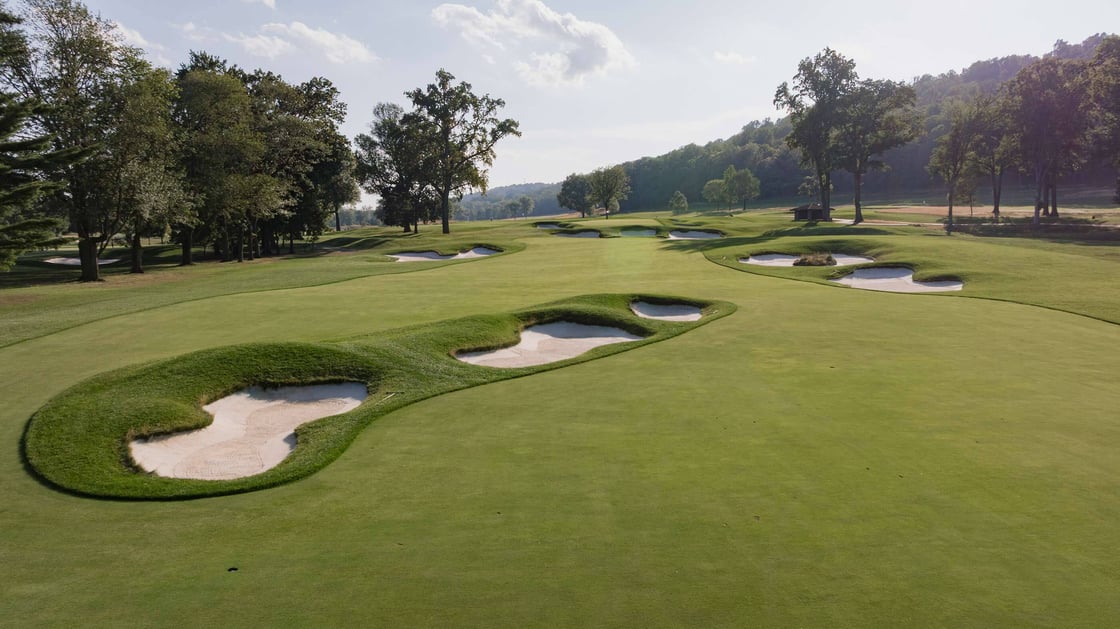
Because of this simple change, the tee shot on the fifth hole is now thought-provoking and exciting, not just hard.
Hanse made similar changes to the par-5 seventh and par-4 15th holes on the Lower, converting flanking, penal bunkers into diagonal hazards that slice into landing zones and create risk-reward optionality.
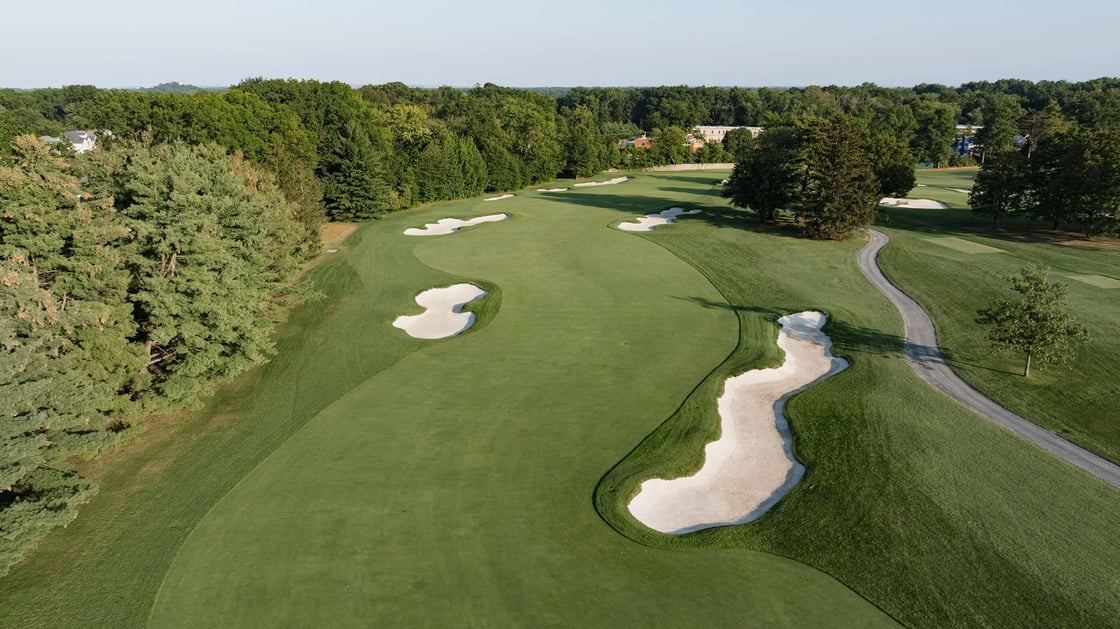
2. Using historical photos, Hanse determined that the par-4 14th hole on the Upper Course once featured two side-by-side greens. While working on the left green—the only one that survived past the middle of the 20th century—he discovered what he believed to be the base layer of the right green. Like Sam Neill brushing dirt off of a dinosaur bone at the beginning of Jurassic Park, Hanse’s crew gradually revealed the dramatic contours of the abandoned putting surface.
After some back-and-forth with members (not all of whom fell immediately in love with the dual-green concept), Hanse secured the go-ahead from the club to restore both greens to their vintage forms.
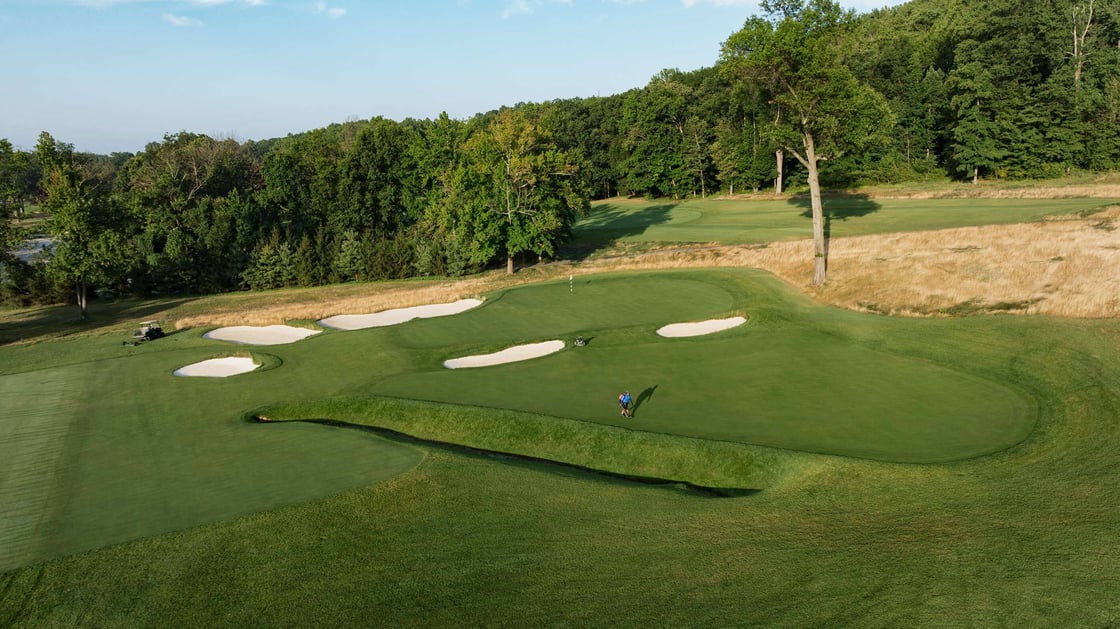
3. On the Lower Course’s “Great Hazard” 17th hole, Hanse moved the par 5’s titular cross bunker about 60 yards downrange. In recent decades, the hazard had become strategically irrelevant because of advances in equipment technology, rarely threatening second shots. Now, carrying it once again requires two excellent strikes, as Tillinghast intended.
In another clever move, Hanse expanded the fairway short of the Great Hazard on the right side. Since the bunker sits on a left-to-right diagonal, this extra bit of fairway allows for an “aggressive layup.” That is, if players can’t make the carry, they can at least get within about 185 yards of the green by taking on a bit of risk and pushing up the right side.
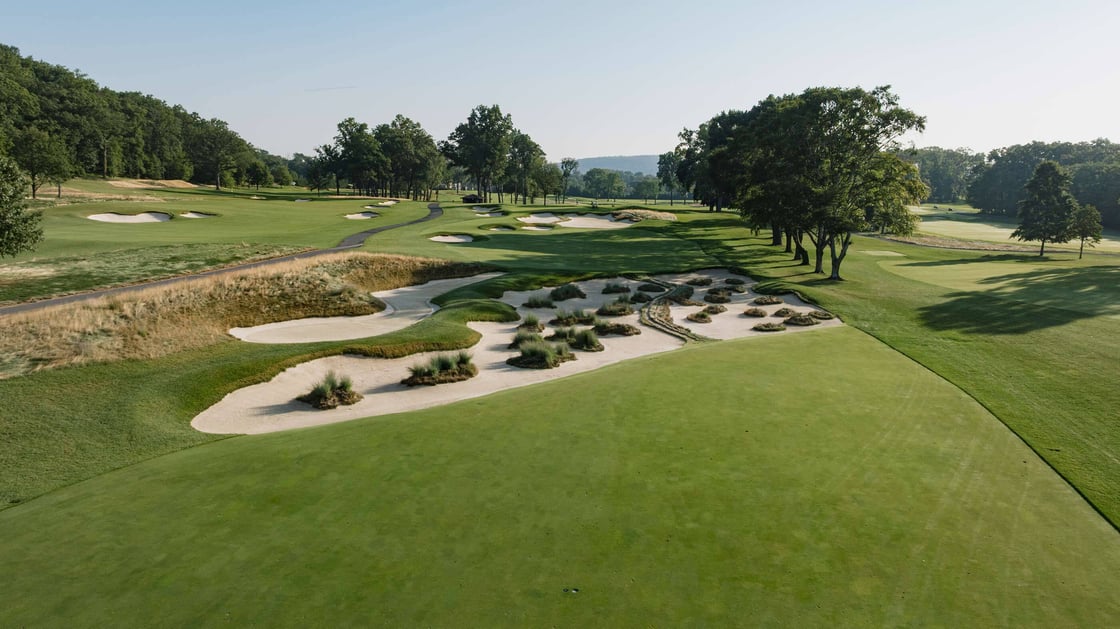
Again, the Lower Course has a surprising number of diagonal hazards and risk-reward scenarios. In spite of its reputation as a dour championship test, it’s actually a lot of fun to play (from the right tees).
This might be a cop-out, but if I were to split 10 rounds between the Lower and Upper, I’d go with five and five. Pre-Hanse, I suspect I would have leaned toward the Upper, which occupies the more exciting piece of land and has long been recognized as the members’ favorite. But by reintroducing some character and playability to the Lower, Hanse’s work has leveled the playing field between the two courses. I also find the Lower’s greens—with their Winged Foot-lite rolls, swales, runoffs, and backboards—more interesting than the Upper’s, which generate challenge through tilt rather than contour.
So instead of having a member course and a championship course, Baltusrol now has two member courses that can also host championships. I’d love to see the club get back in the USGA’s good graces; its 36-hole facility would be well suited to a U.S. Amateur or U.S. Women’s Amateur. Or how about a U.S. Open and a U.S. Women’s Open, back to back, at the Lower and Upper, respectively? Maybe in… *checks notes*... 2043?
Chocolate Drops
→ Hermann Park Golf Course, an affordable public course in Houston, will undergo a $30-million renovation led by architect Jon Schmenk. In order to create room for a larger practice area, Schmenk will convert the front nine to all par 3s, while the back nine will remain regulation length. The project will be funded by Houston Astros owner Jim Crane, who was also the money behind Tom Doak’s transformation of Memorial Park Golf Course in Houston. Construction at Hermann Park, headed up by Don Mahaffey’s Wolf Point Golf Company, will begin next month.
→ Aurora Country Club in Illinois has hired architect Raymond Hearn to create a master plan for a historically informed renovation. The course’s design lineage includes some big names: Tom Bendelow, William Langford, and A.W. Tillinghast.
→ Rees Jones, sounding impressively sharp and energetic at 83 years old, had a lot to say during his appearance earlier this month on the Destination GOLF podcast. His thoughts on modern golf architects’ reliance on “sand-bracketed fairways” garnered particular attention… and honestly weren’t far off-base.
In case you missed it…
- The Galgorm Collection announced plans to build a new seaside golf course in Bellarena, Northern Ireland, about 30 minutes west of Portrush.
- Reef Capital Partners is in “high-level discussions” with the Shivwits Band of Paiutes about building a “sports and cultural education complex” on 1,250 acres of tribal land just west of Ivins, Utah. TGR Design and Jackson Kahn are on board.
- King Collins Dormer has been tabbed to build Ambush, the second 18-hole course at Marcella, an upscale private development in Utah.
- TGR Design released some in-progress footage of the first course at Marcella.
- President Donald Trump was on hand for the opening of the second course at the controversial Trump International Golf Links near Aberdeen, Scotland.
- The Fall Line, a new private destination club in the Georgia Sandhills, posted a “first look” at its two OCM-designed courses.
- David Zinkand completed an extensive renovation of Knollwood Country Club in West Bloomfield, Michigan.
- After a redesign by Bruce Hepner, Miami Lakes Golf Club has finished growing in and begun to host juniors in the First Tee program.
A Course We Photographed Recently
Essex County Country Club (West Orange, New Jersey)—designed by A.W. Tillinghast (1917) and Seth Raynor/Charles Banks (1926), restored by Gil Hanse (2024)
{{design-notebook-essex-county-cc-course-gallery}}
Quotable
“The world’s greatest artist would find it impossible to tell where nature ended and artificiality commenced. This is so much the case that most golfers will think that the architects have simply chosen the obvious places for greens that nature has designed for them. Perfection in the imitation of nature is the real test for first-class construction work. At Cypress Point it is difficult to realize that most of the bunkers have been artificially created and all the greens and fairways have been artificially contoured.” -Alister MacKenzie
Have a topic or question you'd like discussed in Design Notebook? Contact Garrett at garrett@thefriedegg.com.
Leave a comment or start a discussion
Engage in our content with thousands of other Fried Egg Golf Club Members
Engage in our content with thousands of other Fried Egg Golf Members
Get full access to exclusive benefits from Fried Egg Golf
- Member-only content
- Community discussions forums
- Member-only experiences and early access to events












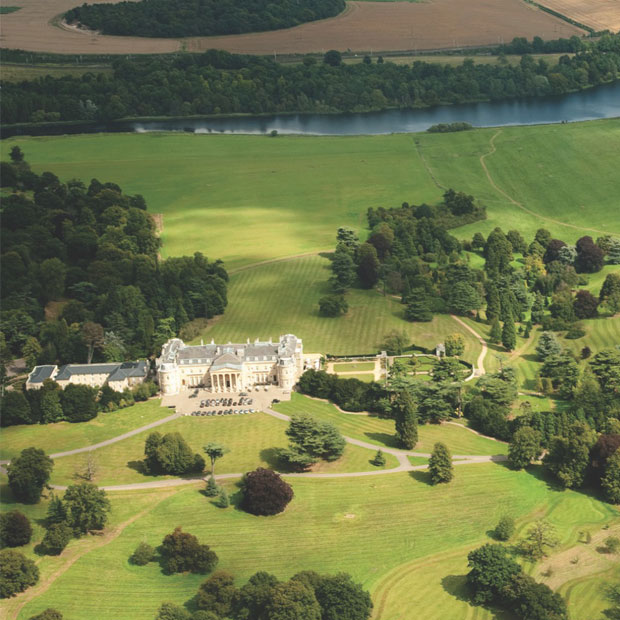
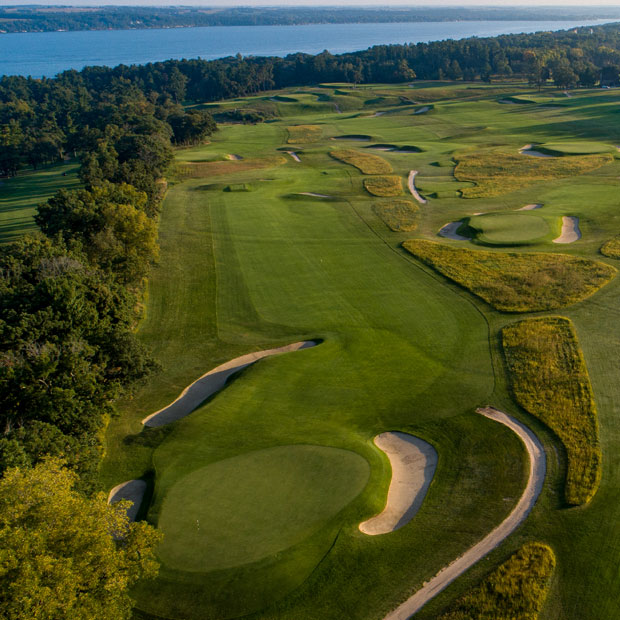
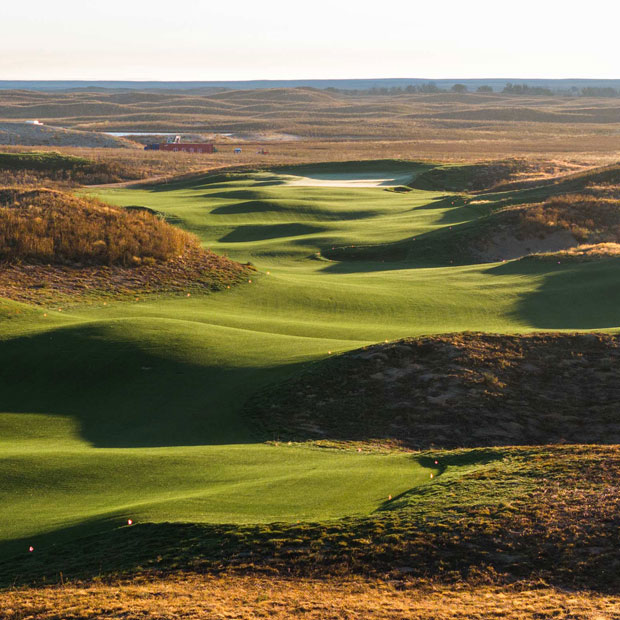
Leave a comment or start a discussion
Lorem ipsum dolor sit amet, consectetur adipiscing elit. Suspendisse varius enim in eros elementum tristique. Duis cursus, mi quis viverra ornare, eros dolor interdum nulla, ut commodo diam libero vitae erat. Aenean faucibus nibh et justo cursus id rutrum lorem imperdiet. Nunc ut sem vitae risus tristique posuere. uis cursus, mi quis viverra ornare, eros dolor interdum nulla, ut commodo diam libero vitae erat. Aenean faucibus nibh et justo cursus id rutrum lorem imperdiet. Nunc ut sem vitae risus tristique posuere.